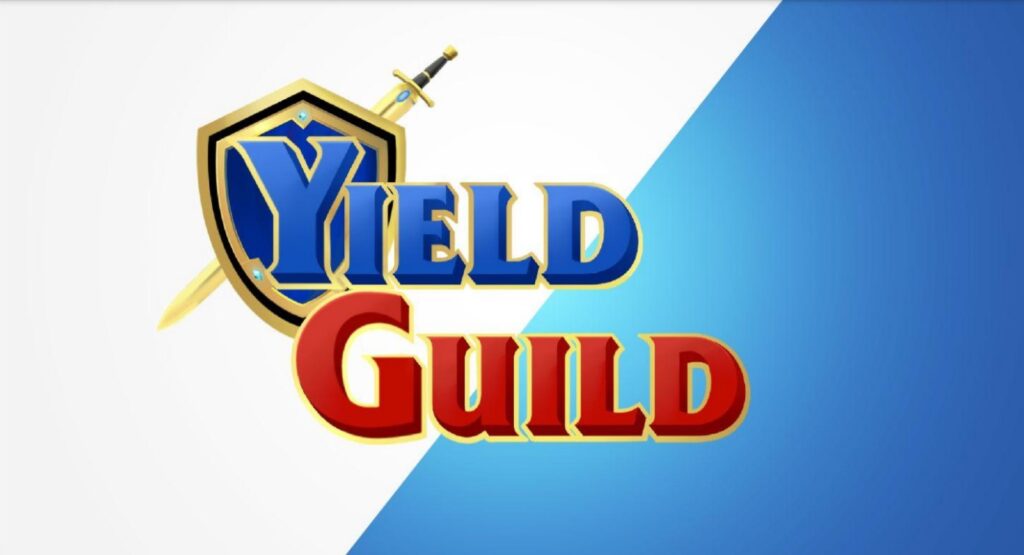The market for non-fungible tokens was just under USD 13 million in the first half of 2020, By the end of the year, it’d risen to a value of USD 2.5 billion. Since Q4 2020, we have observed a more than 2,100 % increase in sales volume year over year, and most recent data from NonFungible.com suggests that there’re twice as many NFT game buyers as game sellers in the very first 3 months of 2021. Now the more active communities have joined the NFT marketplace, we expect that number to be much higher.
As collectibles, NFTs have grown in popularity with enthusiasts buying and selling them for profit and entertainment. Because of their cultural relevance, nft games have created a market. There is an active market at the moment where speculators have simplified the process of value determination making NFTs attractive to investors. We never anticipated the explosion of NFTs in the game industry and helping players earn money through the leveraging of their capabilities and time. We’re currently experiencing a transformation within the gaming industry, in which everyone in the group has an equal opportunity to generate cash.
The NFTs have solved the problems of provenance and duplicates and with the arrival of play-to-earn games, we are seeing them allow consumers to earn money by playing the NFT video games they like. In the following paragraphs we are going to take a look at the basics of play-to-earn and outline the steps you can take to get started in the rapidly expanding NFT industry.

What is the earn-while-you-play business model?
We have seen NFTs used as unique characters, trinkets, artwork and more, but we have never ever seen a free-to-play game utilized to generate crypto tokens. Play-to-earn is a simple business strategy: Gamers can earn crypto tokens which can be exchanged for currency of their choice, monetizing their time and expertise. In typical video – NFT – games, the player is not granted full ownership of an in app item, making it nearly impossible to exchange it for something of higher value.
In the case of NFT – games, players are supplied with unique NFTs which can be sold for tokens. The price of NFT tokens is going to increase as the number of blockchain transactions increases. The end result is that gamers are now able to sell their tokens at a much higher price. NFT games use smart contracts, meaning that creators have no control over in-app purchases, as opposed to conventional video games.
It is because cryptocurrencies are involved, but this game economy is very different. It also creates greater value for the participants. Players can sell their tokens on the open marketplace, if they exit a game.
In fact, participants have to pay to take part in a game. However, digital items and collectibles bought in-game will usually have some monetary value. In traditional video NFT games like League or Fortnite of Legends, players spend their money on ineffective items and skins that are hard to resell. This is when NFT video games start to change the game and change the paradigm.
Is the coupling of Video games and NFTs ideal?
For the reason why the pairing of NFTs with video NFT games is desirable, we are able to offer a number of arguments. The first will be economies that happen to be player – owned and community based. The decentralized element of these gaming systems boosts their appeal to every player out there, and when coupled with the possibility of making some good cash on the side, nobody will say no.
It has also been proven that people collect things for different reasons and are more likely to value items that are original and unique. Each participant or collector possesses a set of digital tokens that are unusual, real and easy to exchange. It also contributes to the development of internet markets for the purpose of making money from a commodity which was never available in standard gaming platforms.

The NFTs fundamentally changed the in-game purchases of the players by providing them actual control and ownership. If this game was a multiplayer game, the money would vanish once you were bored with the game or switched to the next game.
The best aspect of NFTs being incorporated into video NFT games is the fact that they are able to be bought on secondary markets for a great deal more money as players acquire better gear and become better players. Another interesting aspect of NFT gaming projects is the fact that gamers can sell the rights to any game they own. This opens up new opportunities for us because it allows digital mobility and also the right to commercialize in game materials.
One thing is certain about the Future of NFT games: The NFT – games are going to continue to exist. In the gaming industry, which has been largely unaware of blockchain technology, NFTs are making their debut. Hiding obstacles remain for NFTs which have already established a solid position within the virtual goods trading market. If NFTs wish to gain widespread recognition, they must improve when it comes to their intuitiveness and attractiveness.
We see the technology through the hype, not the hype. Blockchain NFTs can revolutionize gaming, and we understand their potential. In the near term, there is going to be price volatility, but the primary use cases along with technology will continue to dominate.
It’s interesting to see how blockchain technology has allowed the creation of a variety of Gameplays and nft games and also the capability for players to generate tokens. As the market expands and new NFT games are launched, there is a lot of expectation. If you want to have some fun with your crypto earning experience, then playing NFT games is a great way to do it.
The NFT games appear to be the precursors of a larger trend at work: The convergence of digital and physical worlds is increasing. And with that, the famous Metaverse “emerged, a concept that has been at the heart of present scholarly disagreements as well as the topic of revived business practices, like that of Meta (nee Facebook). Attracted by graphic images from Neal Stephenson’s novel Snow Crash “from 1992 or films such as Ready Player One,” most discussions of the metaverse concentrate on technical details, functional end or characteristics user implementations in the form of high fidelity 3d and extended reality headsets.

